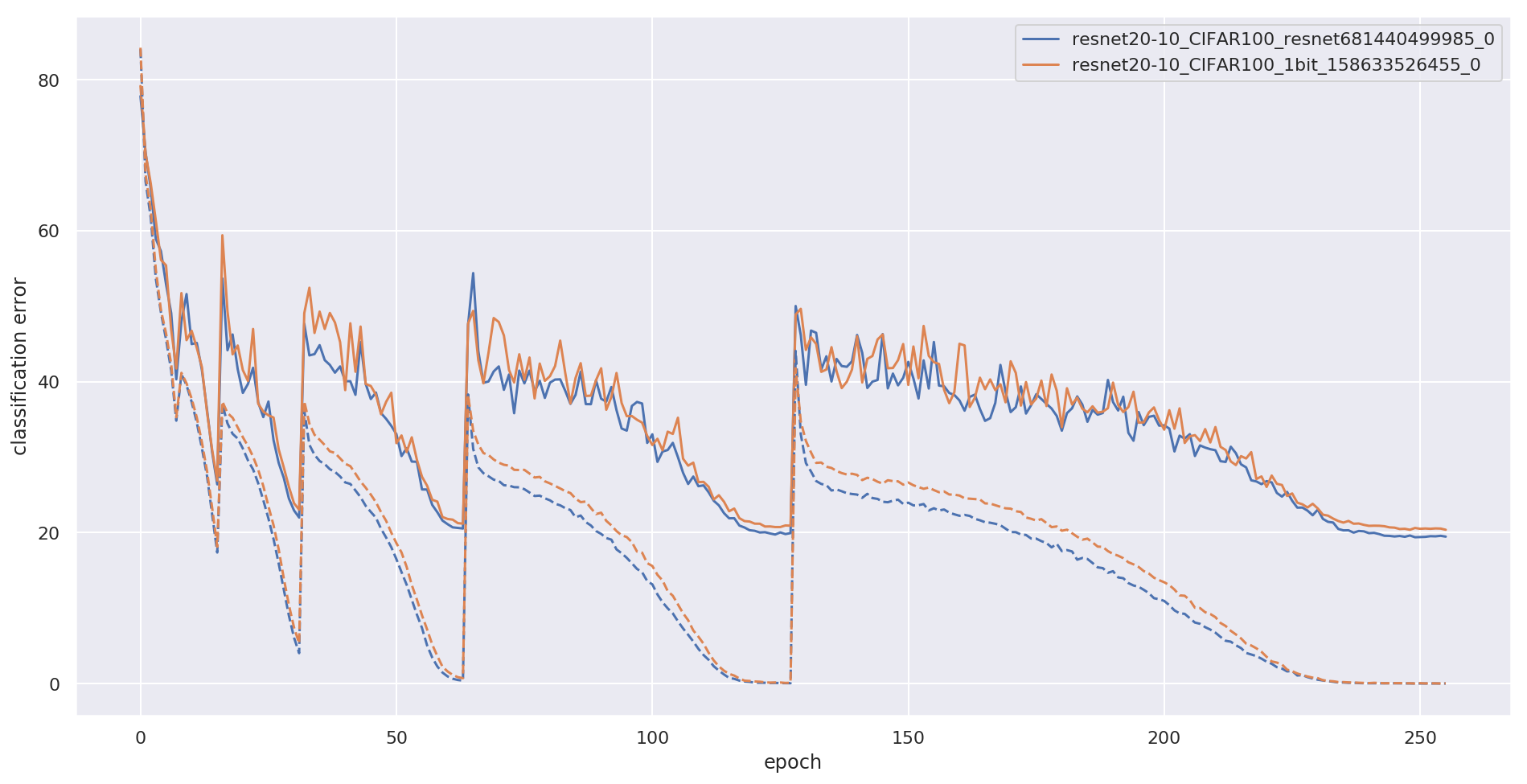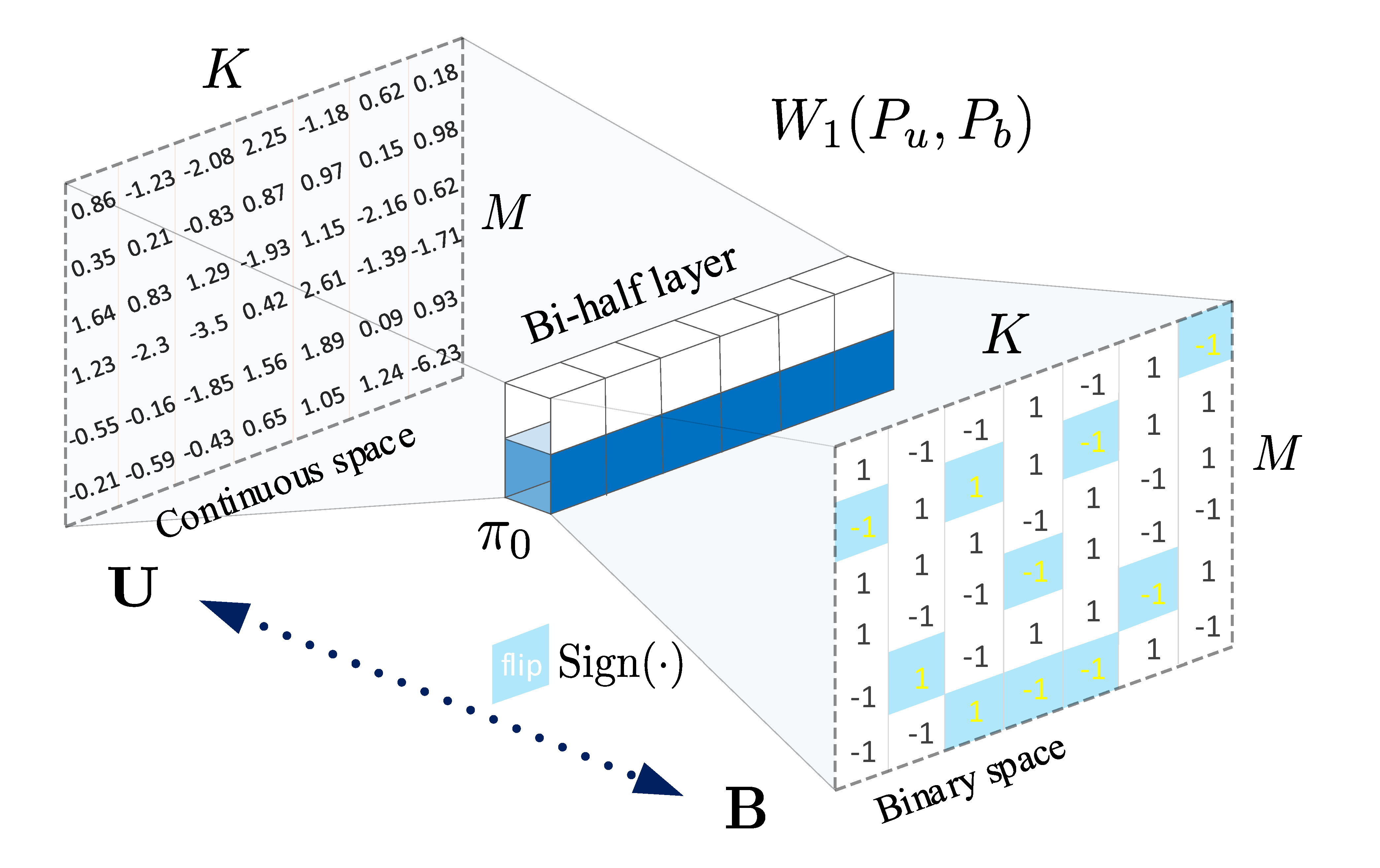Atari 64
This is the Commodre 64 KERNAL, modified to run on the Atari 8-bit line of computers. They're practically the same machine; why didn't someone try this 30 years ago?
HOW TO BUILD
Working XEX file and ROM image can be downloaded at the release page: https://github.com/unbibium/atari64/releases
You will need bash, dasm, and Python 3.
You can get dasm at https://github.com/dasm-assembler/dasm/
Run ./build.sh and it should do everything.
WHAT YOU GET
rom.a000an 8K BASIC ROMrom.d800a 10K ROM containing PETSCII font and OSatari64.xexan executable that you can load into an 800XL. It will copy itself behind the ROM and run from RAM. I patched theRAMTASsection so it doesn't think the BASIC area is free for BASIC programs.
HOW TO RUN
To run it in the emulator as if you'd taken an Atari 800's ROMs and swapped them out with these:
atari800 -config atari64.cfgYou can extrapolate this to decide how to run it on real hardware.
The atari64.xex should run from any DOS or boot loader.
WHAT IT DOES
The keyboard, the PETSCII screen editor, and BASIC work.
Use the BREAK key to stop a running BASIC program. you'll note it doesn't work while an INPUT statement is running. I'll get the RESET button working real soon.
The Atari logo key will type the pi character.
Shift-Atari logo will switch between uppercase-graphics and lowercase-uppercase character set.
Hold the OPTION, SELECT, or START key to type the graphics characters you'd ordinarily type with the Commodore logo key.
If a lot of text is scrolling by, you can hold the OPTION key to slow down the scrolling, like you would hold down CTRL on a real C64.
Known issues:
- if the C64 OS is in RAM, RESET reboots the original Atari OS. Supposedly the old Translator disk got around this somehow.
- no way yet to save or load BASIC programs
- there's no I/O at all actually
- PETSCII color will never work.
WHY
Recently the 8-Bit Guy did a video about the Apple 1 computer, and how you can simulate an Apple 1 with a Commodore 64 program that just reproduces the terminal I/O and runs the programs natively. It got me thinking, why couldn't I do the same thing with two other machines? The Atari 800XL and Commodore 64 have such similar memory maps and ROM switching capabilities that it seemed my best bet was to try to compile the CBM KERNAL on the Atari 800XL and see how much I could get to work.
i wonder if I've hit the wall or if some mad genius will figure out how to wire a real Datasette in there and run actual PET programs.
HOW
I used mist64's cbmsrc project as a starting point. The first thing I had to do was reformat the C64 KERNAL and BASIC's source code so that it would compile in DASM. I wrote a python script for that, but still had to manually add segment definitions and such, so that it would compile neatly.
Next, I had to make sure I could actually run these ROMs at all on an Atari emulator. The 8K BASIC ROM was straightforward enough, and the original Atari 800 used 10K of ROM. I used the extra 2K for the chargen ROM, which only needs half the space because it doesn't include the reverse characters. I worked out how to configure atari800 to run it -- if I got a black screen, I'd press F8 and look around in the monitor to make sure everything was there.
Next I rewrote the code that set up the screen and I/O. I'd add declarations to kernal/declare as I went. I hard-coded an ANTIC display list in ROM to point to where the C64 usually draws the screen at $0400. I'd rewrite the screen initialization code to set up ANTIC and GTIA to point to that display list. Once I got that working, I found it was already displaying the C64 BASIC V2 splash screen. The cursor wasn't blinking, and of course the keyboard didn't work, but I could feed PETSCII characters into the keyboard buffer through the monitor, and I tested a few BASIC commands that way.
Getting the cursor to blink was my next task. I looked at all the Atari documentation I could find to figure out how the vertical blank interrupt worked. I was setting the right flags, but nothing worked, until I realized that the vertical blank is an NMI in the Atari. On the Commodore it's an IRQ. So I switched the addresses at $FFFA and $FFFE, and that got me much closer.
I rewrote the keyboard scan routine to handle the Atari keyboard, and removed most of the color code from the screen editor.
I also had to modify BASIC's RND(0) function to draw from the POKEY instead of the CIA chips. The lack of a CIA/POKEY equivalent on the DCPU-16 is probably why I had to use RND(1) in my demo video instead.
Currently, there's no I/O outside of the screen and keyboard whatsoever. It'll take more expertise than I have to figure out any possible way of saving and loading programs. Even describing the obstacles is a bit out of my league at this point.
I might tear out all the rs232 code to make room for other people to attempt stuff, even though the 800XL has a larger ROM space to work in already. I'll leave the tape code in just because I have a hunch that isn't a total lost cause yet, but it's only a hunch.
ACKNOWLEDGEMENTS
- CBM source code: https://github.com/mist64/cbmsrc








